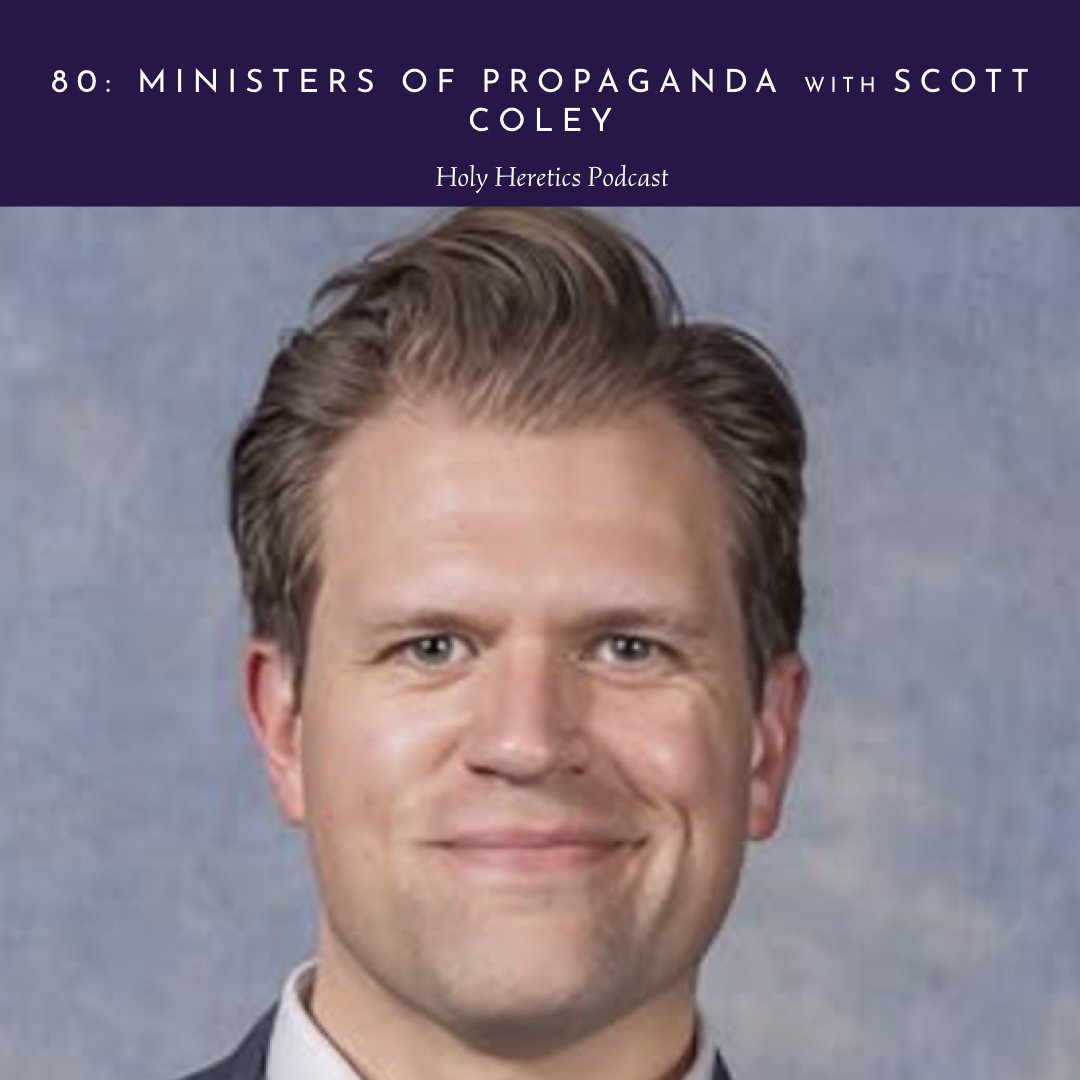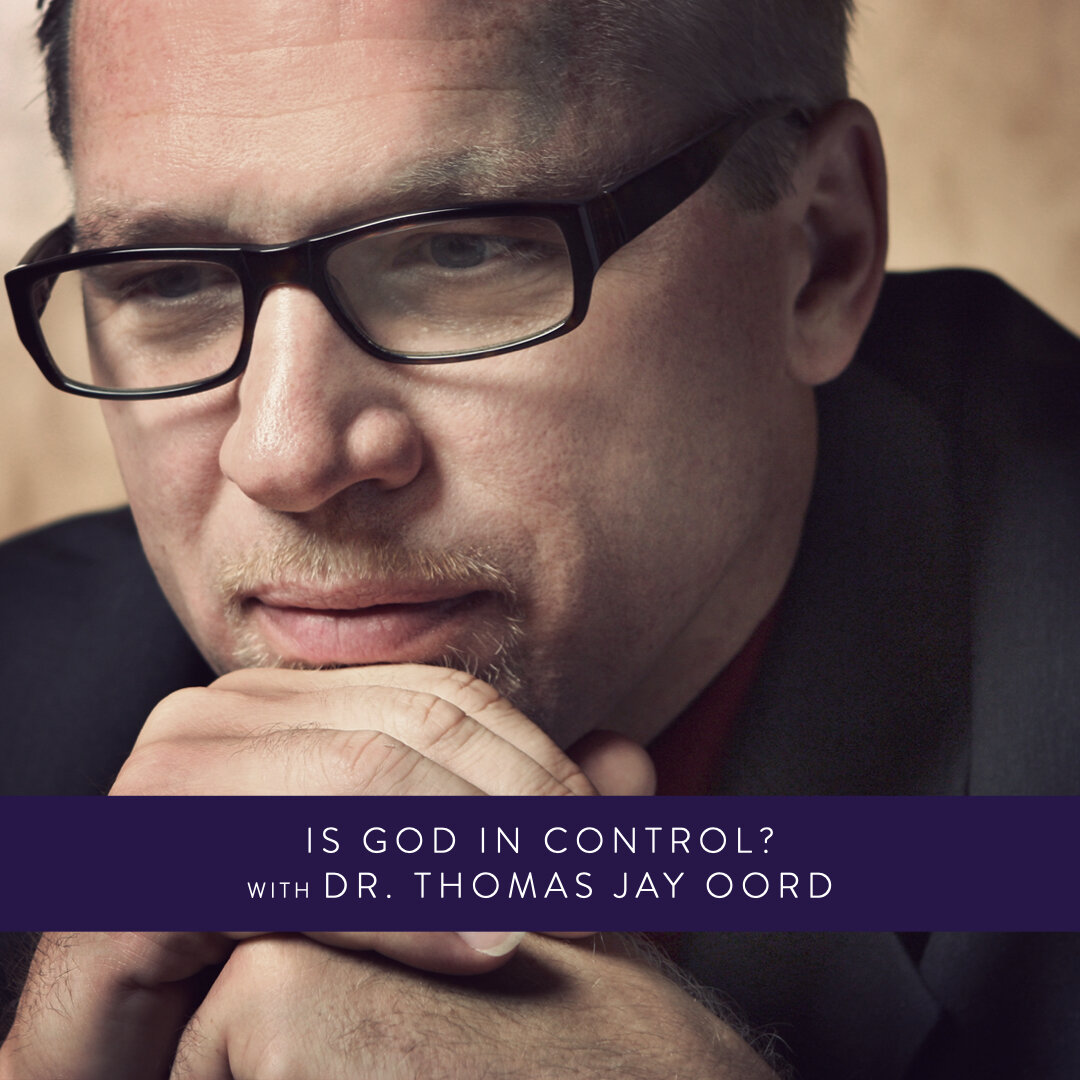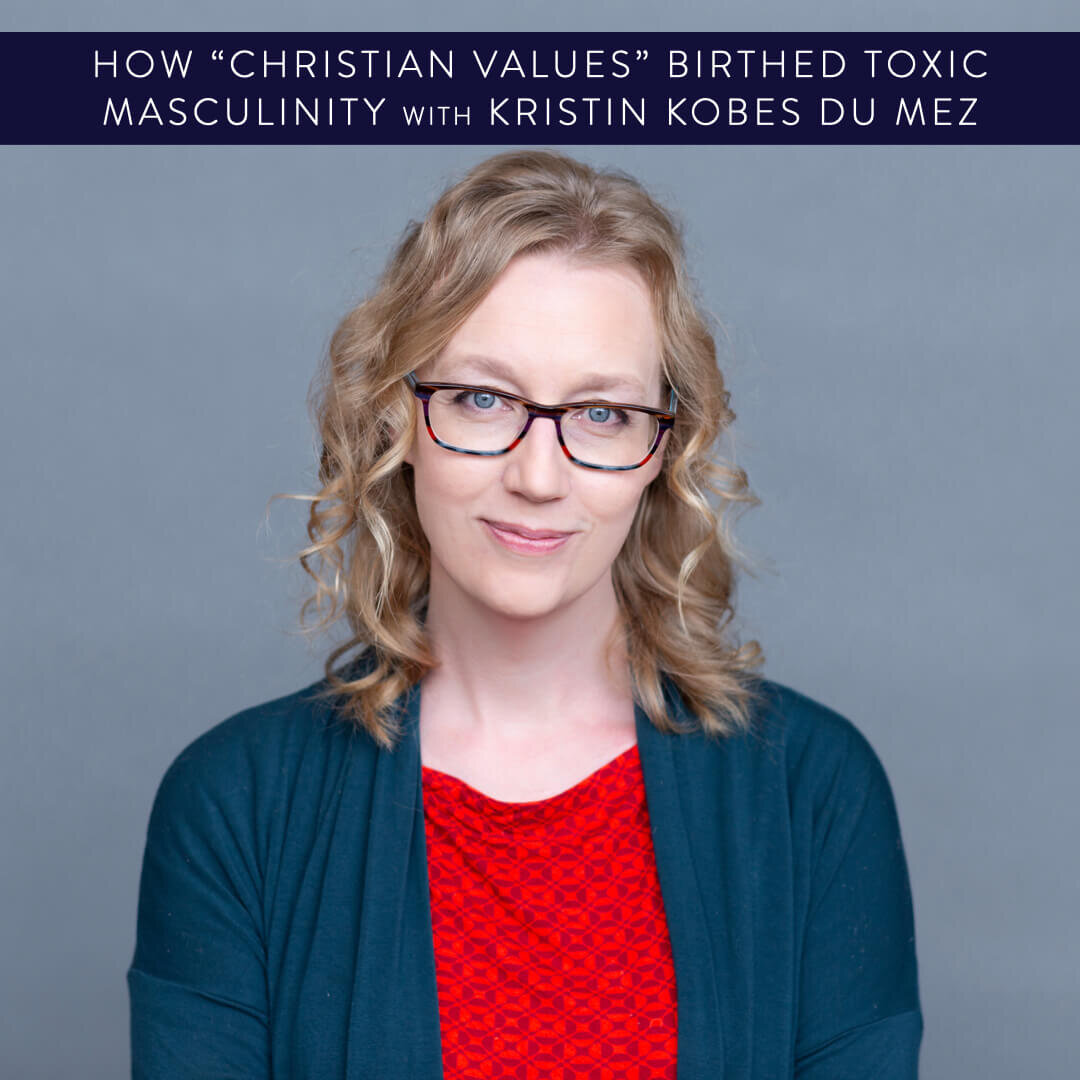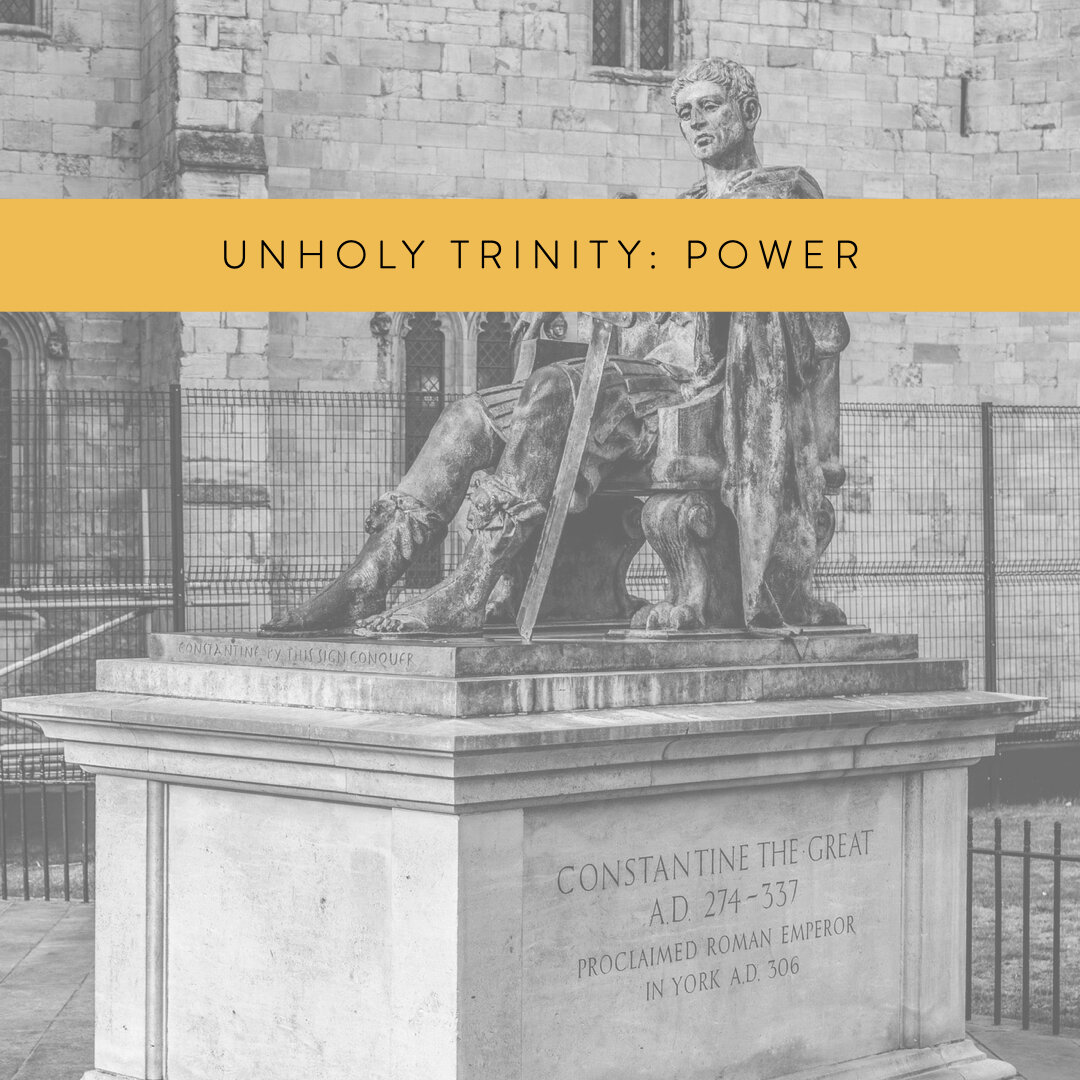Life in Trump’s America: The Unbearable Ugliness of it All
To celebrate my wife’s 50th birthday, I surprised her with a trip to Bruges, Belgium.
Spared the bombings of World War II, the city’s medieval core remains remarkably intact. Gothic spires, feudal squares, sunken canals, cobblestone streets, and ornate guild houses make this walkable town a feast for the senses. All the major historical attractions are within three blocks of the soaring 12th century Belfry, including the Basilica of the Holy Blood—famed for its relic of the blood of Christ brought back from Jerusalem during the Second Crusade. Tuck into the De Halve Maan brewery for a Straffe Hendrick, enjoy hand made chocolates from local artisans, or while away an afternoon at Minnewater Lake.
Unlike many European cities whose grandeur was forged through royal courts and military might, Bruges developed as a center of commerce, craftsmanship, and artistic expression. Its prosperity during the Middle Ages came from trade, particularly in textiles and lace, which fostered a culture of refinement rather than conquest. For a period spanning over 250 years, from the 15th century to far into the 17th, Bruges set the artistic tone in Western Europe as the major hub for painters, sculptors, and artisans. It still contains one of the world’s greatest collections of Flemish Primitives, as well as the only Michelangelo sculpture to leave Italy during his lifetime.
One of the most telling monuments in Bruges is the statue of Jan van Eyck, the celebrated painter of the Northern Renaissance. Located in Jan van Eyck Square at the mouth of Bruges’ Medieval harbor, this statue is not only a tribute to an individual artist—it is a declaration of Bruges values. While many European cities erect monuments to kings, generals, or political leaders, Bruges chose to immortalize a painter. Art and creativity are the city’s priorities. Beauty, not might, is Bruges core value.
But, I don’t live in Bruges. I live in these United States, a place known by altogether different priorities and core values—power, utility, militarism, greed, production, and consumption. We come by the “ugly American” naturally. It is shocking just how much unseemliness we endure and even allow on a daily basis.
American cities are designed around freeways, not cobblestone lanes. We prioritize speed, convenience, and car-centric lifestyles. Who has time to build a beautiful building when strip malls, big-box stores, fast food chains, and endless parking lots will suffice. Rapid land development and short-term profit trump craftsmanship and permanence. Even our primary schools look like prisons, and we wonder why they are the seedbed for so much violence.
My wife and I recently drove cross-country to move our daughter into her freshman dorm in Michigan. Although the landscape was breathtaking, every town from eastern Colorado to northwest Illinois looked the same. If you’ve been to one small town in middle America, you’ve been to every small town in middle America.
Worse yet, we’re living in Trump’s America, an era uniquely void of charm, grace, humanity, and refinement. Under Donald Trump, the arts have faced defunding, censorship, and ideological purging.
Beyond his dictatorial ethos, Trump the man has zero interest in art, beauty, or culture except for his flair for the obscene. His signature look—the ridiculous comb-over hair, oversized suits, spray-on tan, and long ass ties are designed to project dominance while masking his pathological weakness. He’s even desecrated the White House. Gold-plated, Home Depot trash now adorns the Oval Office, expressing his maximalist shit aesthetic. Visual excess, ostentation, and sheer scale flaunt his Philistine motif. He’s brutish enough to believe these garish renovations communicate power and masculinity, but everyone outside his cult knows better. The White House now looks like a Las Vegas casino—all flash, zero substance, and nothing underneath. His wives concur.
In all the time Trump has been in office, have you ever seen him sitting together with his family reading a book or enjoying music? Certainly not—that would require intimacy and vulnerability, qualities absent in the man Mark Singer once described as a person “unmolested by the rumbling of a soul.”
But none of this is particularly about bad taste; it’s about the complete renunciation of beauty. As the famed Irish poet John O’Donohue warns, when beauty is banished she often flees with her two sisters, truth and goodness. Is it any wonder we live in the most banal, propagandized, and cruel era in modern American history?
As much as we would like to believe Donald Trump is some fluke, he is not. He’s one of us. He is the archetypal ugly American. He is the face of our consumer society. All his ugliness, all his cruelty, all his gaudy buffoonery is a mirror unto ourselves. We are a nation of base, depraved, uneducated people who actually deserve Trump as our national avatar. Our moral imaginations are captivated by greed, spectacle, and division, all as the institutions and values that support beauty, empathy, and transformation are undermined and underfunded.
The ugliness that is life in America reflects a deeper psychological and cultural sickness. O’donohue continues:
“In a sense, all the contemparay crises can be reduced to a crisis about the nature of beauty. Much of the stress and emptiness that haunts us can be traced back to our lack of attention to beauty. Internally, the mind becomes coarse and dull if it remains unvisited by images and thoughts which hold the radiance of beauty. In turning away from beauty, we turn away from all that is wholesome and true, and deliver ourselves into an exile where the vulgar and the artificial dull and deaden the human spirit.”
Ugly places create ugly people, and the United States of America is one the ugliest places on earth.
We are a nation adrift, lost in our imperial largesse. American identity was originally shaped by colonialism, slavery, manifest destiny and industrial expansion, where utility, domination, and function mattered more than ornamentation. This pragmatic ethos still influences architecture, design, and even education, where STEM programs overshadow the arts.
In a nation dominated by metrics, algorithms, authoritarianism, AI, and efficiency, beauty is a form of rebellion. Life isn’t about productivity and consumption, it is about meaning making.
Life in America is vastly different than life in Bruges. It’s fast, loud, and distracting. The arts demand slowness and attention. Sitting through a play or reading a novel is an act of resistance against the tyranny of the scroll. It trains us to dwell, to listen, to feel deeply.
Slow down. Put your phone down. Go to an opera. Visit an art museum. Pause long enough every single day to get bored, to allow your soul to seek and find the beauty that remains.
I’m an ordinary person without extraordinary talent. However, I want to live a noble life. I want to spend the rest of my days pursuing something bigger than myself— seeking beauty, goodness, truth, and compassion. When we awake to beauty, we become aware of new ways of being in the world. Which is why every authoritarian leader from Hitler to Trump is terrified of the artist.
Beauty isn’t merely decorative, it shapes consciousness and culture. Engaging deeply with beauty activates brain networks linked to introspection and empathy, fostering connection and even healing. Beauty is also transformational, redirecting our lives toward harmony, empathy, and truth, while loosening the grip of hierarchy, domination, and lies.
How are you cultivating beauty in your life? When was the last time you felt awe or wonder? What small liturgies or rituals can you implement into your daily schedule to help cultivate beauty?
Gary Alan Taylor









MAGA Christians are cruel because the MAGA cult is cruel; and MAGA Christians are cruel because cruel people tend to become MAGA members.